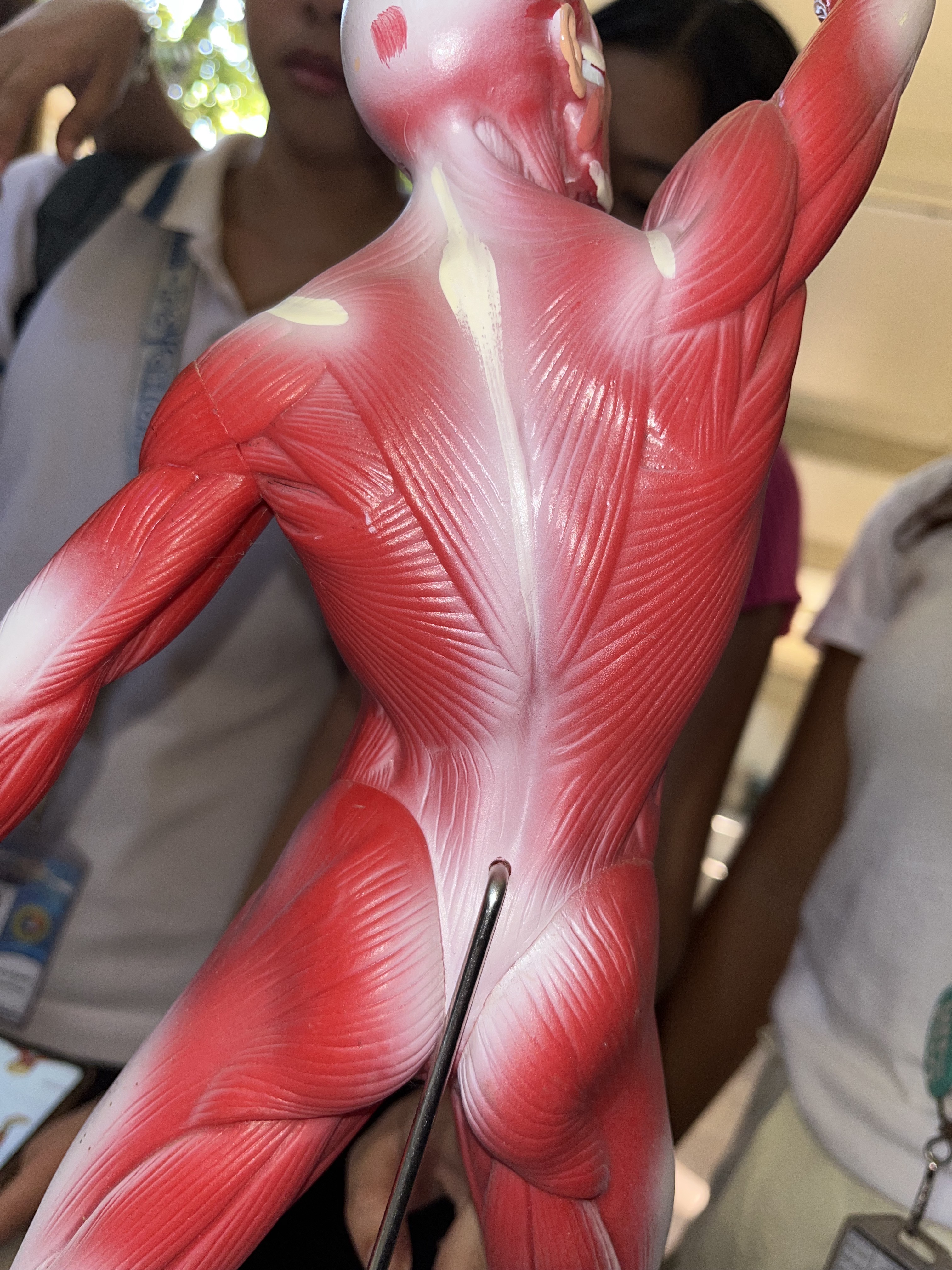Blood and Gastric Structures
1/11
Earn XP
Description and Tags
These flashcards cover key concepts related to human blood and gastric structures.
Name | Mastery | Learn | Test | Matching | Spaced |
|---|
No study sessions yet.
12 Terms
What is the main function of erythrocytes in human blood?
To transport oxygen from the lungs to the body's tissues and carry carbon dioxide back to the lungs for exhalation.
What is the role of platelets in the blood?
Platelets are essential for blood clotting and preventing excessive bleeding.
Leukocytes are commonly known as what type of cells?
White blood cells, which are part of the immune system and help fight infections.
Where is the submucosa found in relation to gastric structures?
The submucosa is a layer of connective tissue that supports the mucosa in the gastric wall.
What are gastric glands responsible for?
Gastric glands secrete digestive enzymes and acids necessary for food digestion in the stomach.
What are gastric pits and where are they located?
Gastric pits are small openings in the gastric mucosa that lead to gastric glands.
What role do blood sinusoids play in the human body?
Blood sinusoids are specialized blood vessels that allow the exchange of substances between blood and surrounding tissues.
What is the function of human bone marrow?
Human bone marrow is responsible for producing blood cells, including erythrocytes, leukocytes, and platelets.
What type of cells are adipocytes?
Adipocytes are fat cells that store energy in the form of fat.
What is the structure and function of the human stomach wall?
The human stomach wall consists of multiple layers, including the mucosa, submucosa, and muscle layers, which work together to digest food.
